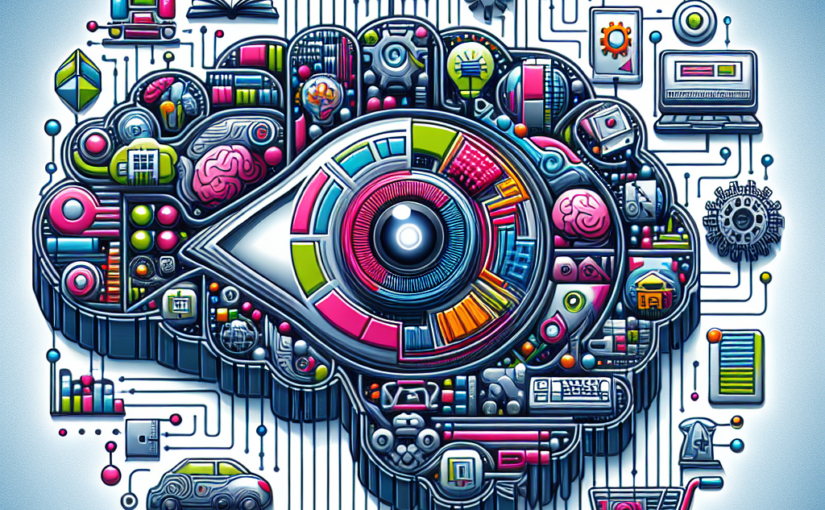In today’s rapidly evolving technological landscape, Artificial Intelligence (AI) has become more than just a buzzword. From healthcare diagnostics to autonomous vehicles, AI is reshaping how we live and work. But what exactly makes AI tick?
The Core Components of AI
At its heart, AI is a sophisticated blend of several key technologies working in harmony. Machine Learning stands as the cornerstone, enabling systems to learn and improve from experience without explicit programming. Natural Language Processing allows machines to understand and respond to human communication, while Computer Vision gives AI systems the ability to interpret visual information from the world around them.
Think of these components as the building blocks of a digital brain. Just as humans use their senses, knowledge, and reasoning to navigate the world, AI systems utilize sensors, knowledge representation, and decision-making algorithms to process and respond to information.
Real-World Applications
The practical applications of AI span across numerous industries, transforming traditional business models. In healthcare, AI systems analyze medical records and research papers to suggest personalized treatment plans. Retail giants like Amazon leverage AI to predict shopping preferences and optimize inventory management. Meanwhile, manufacturing facilities use AI-powered predictive maintenance to prevent costly equipment failures.
Debunking Common Myths
Despite its widespread adoption, misconceptions about AI persist. The fear of massive job displacement often overshadows the reality that AI creates new opportunities while automating routine tasks. Similarly, concerns about completely autonomous AI systems overlook the fact that human oversight remains crucial in AI operations.
Looking Ahead
As AI technology continues to evolve, understanding its fundamental components becomes increasingly important. Whether in healthcare, retail, or manufacturing, AI’s impact continues to grow, making it essential for professionals across industries to grasp these basic concepts.
For organizations looking to implement AI solutions, starting with a solid understanding of these fundamentals can mean the difference between successful integration and costly missteps. The future of AI lies not in replacing human intelligence, but in augmenting it to solve complex problems more effectively.
By embracing AI’s potential while maintaining realistic expectations about its capabilities, businesses and individuals can better position themselves to thrive in an AI-enhanced future.

